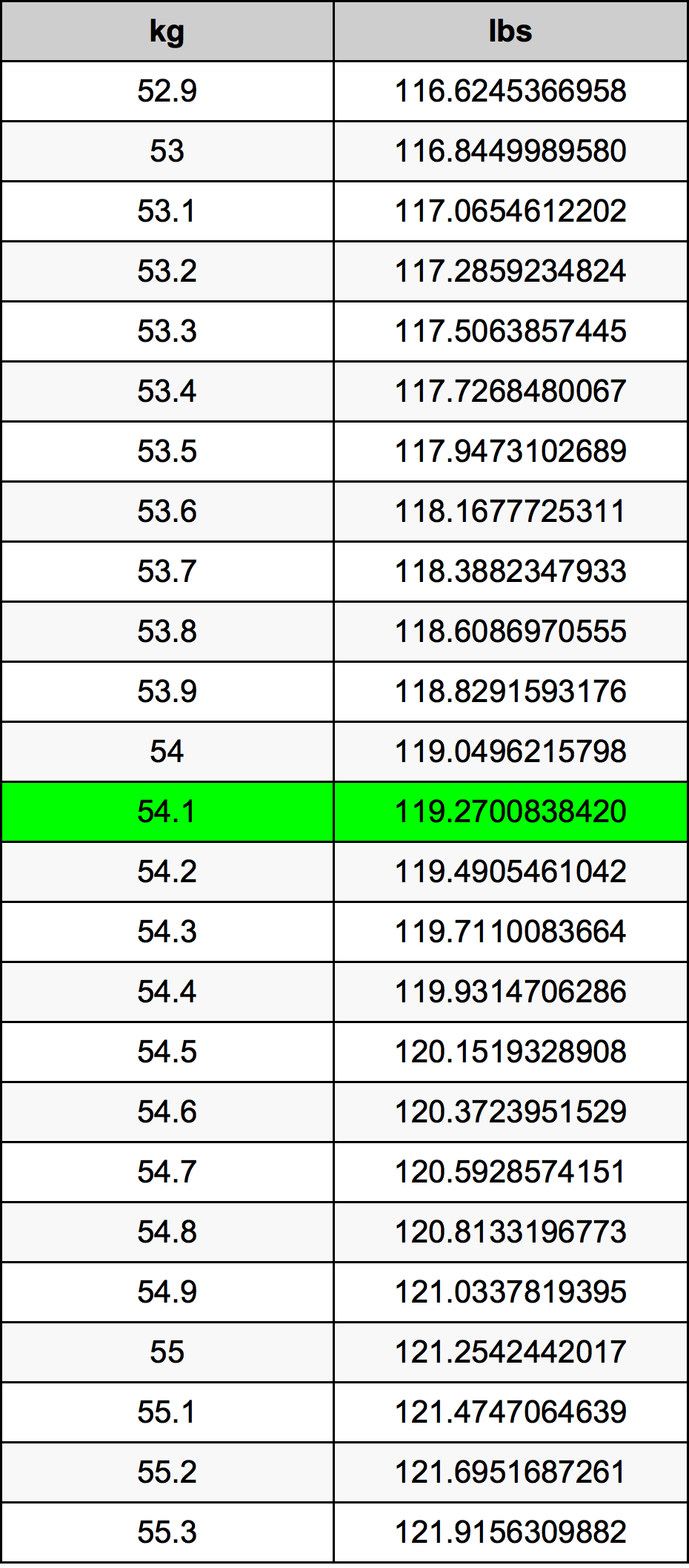

Which revised the provisional system of units introduced by the French National Convention two years earlier, where the gravet had been defined as weight ( poids) of a cubic centimetre of water, equal to 1/1000 of a grave. The word kilogramme was written into French law in 1795, in the Decree of 18 Germinal, The word kilogramme or kilogram is derived from the French kilogramme, which itself was a learned coinage, prefixing the Greek stem of χίλιοι khilioi "a thousand" to gramma, a Late Latin term for "a small weight", itself from Greek γράμμα. The kilogram is the only base SI unit with an SI prefix ( kilo) as part of its name. 2019: The kilogram was defined in terms of the Planck constant, the speed of light and hyperfine transition frequency of 133Cs as approved by the General Conference on Weights and Measures (CGPM) on November 16, 2018.1875–1889: The Metre Convention was signed in 1875, leading to the production of the International Prototype of the Kilogram (IPK) in 1879 and its adoption in 1889.It had a mass equal to the mass of 1 dm 3 of water at the temperature of its maximum density, which is approximately 4 ☌. 1799: The Kilogramme des Archives was manufactured as a prototype.1795: the gram ( 1/ 1000 of a kilogram) was provisionally defined as the mass of one cubic centimetre of water at the melting point of ice.1793: The grave (the precursor of the kilogram) was defined as the mass of 1 litre (dm 3) of water, which was determined to be 18841 grains.

Timeline of previous definitions The International Prototype of the Kilogram, whose mass was defined to be one kilogram from 1889 to 2019. This definition is generally consistent with previous definitions: the mass remains within 30 ppm of the mass of one litre of water. The kilogram, symbol kg, is the SI unit of mass. The formal definition according to the General Conference on Weights and Measures (CGPM) is: which when combined with the metre and second, defines the mass of the kilogram.
#Pounds to kilograms series#
A series of 5, 2, 1, 0.5 and 0.2 kilogram mass, made out of rusty cast iron


 0 kommentar(er)
0 kommentar(er)
